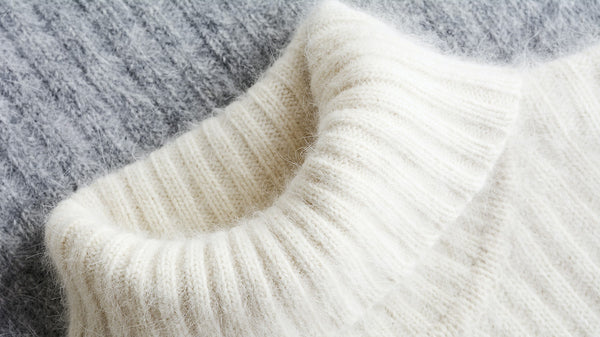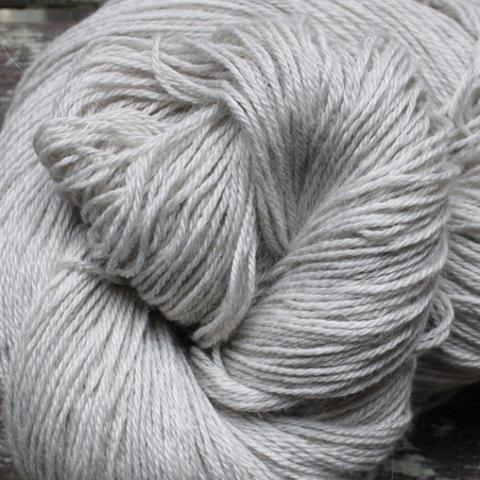What Material Is Cashmere? Understanding Its Distinctive Characteristics and Uses
What Material Is Cashmere? Understanding Its Distinctive Characteristics and Uses
Blog Article
Understanding the Different Types of Cashmere a Natural Fiber and Their Distinct Benefits

The Origins of Cashmere: A Historic Summary
While the glamorous touch of cashmere continues to beauty contemporary customers, its beginnings trace back to the severe, cool environments of Mongolia and the Himalayas. For centuries, the aboriginal individuals of these areas have actually been increasing Capra Hircus goats, the prime source of cashmere woollen. These goats, durable against the serious wintertimes, expanded a great undercoat to make it through, which later on came to be called cashmere. The name itself admires Kashmir, an area in India where the wool was originally refined. Much of the very early cashmere trade route was facilitated by the Silk Roadway, attaching Asia with the Center East and Europe. Despite its global spread, the finest cashmere is still believed to originate from the initial areas of Mongolia and the Himalayas.

The Production Process: From Goat to Garment
Shearing a Capra Hircus goat notes the beginning of the elaborate cashmere manufacturing process. This fragile treatment usually happens yearly throughout springtime. The penalty, soft undercoat is then divided from the coarser external hair, a procedure understood as dehairing. The resultant raw cashmere is after that washed to eliminate contaminations such as dirt, oil, and vegetable issue.
The tidy fiber goes through dyeing, spinning, and weaving, or knitting, to transform it right into a fabric. Complex treatments such as quality control checks and finishing procedures follow, ensuring completion item preserves the extravagant criterion expected of cashmere. This meticulous process, from goat to garment, justifies the high cost attached to cashmere items, making them a sign of luxury and refinement.
The Different Types of Cashmere: An Extensive Evaluation

The Unique Advantages of Cashmere: Comfort and Sustainability
Moving from the range of cashmere types to the benefits they supply, comfort and sustainability stand apart prominently. Cashmere, an all-natural fiber, is renowned for its her comment is here unmatched gentleness, giving a degree of comfort that synthetic fibers can't match. The product's lightness, yet remarkable heat retention, makes it optimal for all seasons. Additionally, cashmere's all-natural flexibility enables it to go back to its initial shape, making it resistant to diminishing or stretching.
When it pertains to sustainability, cashmere is biodegradable and eco-friendly, as it's harvested from cashmere goats who regrow their coats every year. what is cashmere. Unlike artificial fibers which can take centuries to disintegrate, cashmere's effect on the setting is minimal. This combination of convenience and sustainability makes cashmere a beneficial selection for aware consumers

Caring for Your Cashmere: Maintenance and Conservation Tips
While cashmere is certainly a sustainable and glamorous choice, it straight from the source calls for details like preserve its quality and prolong its life expectancy. To begin, cashmere should be hand cleaned utilizing chilly water and a moderate detergent. Avoid wringing the garment or twisting as it can harm the fibers. Rather, carefully eject excess water and lay it flat on a towel to completely dry. Cashmere items ought to be kept in a dry and trendy location, away from direct sunlight and moisture. Utilizing moth repellents can safeguard these garments from potential damages. It's a Click This Link good idea to avoid hanging cashmere to avoid extending. Instead, layer and shop them appropriately to keep their form and quality over time.
Buying Cashmere: Recognizing Its Worth and Worth
Although cashmere may originally seem like a costly investment, its lasting value and worth become evident when you consider its amazing top qualities. Understood for its unparalleled soft qualities and heat, cashmere is a premium all-natural fiber that outmatches other materials. Spending in cashmere, as a result, is not simply concerning existing fashion patterns, however concerning accepting a sustainable, resilient, and extravagant way of life.
Final Thought
In summary, the kind of cashmere one picks, be it Mongolian, Chinese, or Italian, is dictated by individual choices for warmth, luxury, sustainability, and budget plan. The worth of cashmere prolongs beyond its cost, with convenience and long life contributing to its well worth. Proper treatment and maintenance can guarantee its conservation. Recognizing the beginnings, production process, and unique benefits of different types of cashmere can assist customers in their financial investment in this glamorous natural fiber.
Whether it's the phenomenal heat of Mongolian cashmere, the affordability of Chinese cashmere, or the eco-conscious manufacturing of Italian cashmere, there's a story to be uncovered behind each fiber kind. Cashmere, an all-natural fiber, is renowned for its exceptional softness, supplying a degree of convenience that synthetic fibers can not match.When it comes to sustainability, cashmere is eco-friendly and naturally degradable, as it's gathered from cashmere goats who regrow their layers annually. Known for its unrivaled soft qualities and heat, cashmere is a costs all-natural fiber that outmatches various other materials. Recognizing the beginnings, production process, and distinct benefits of different types of cashmere can direct customers in their financial investment in this extravagant natural fiber.
Report this page